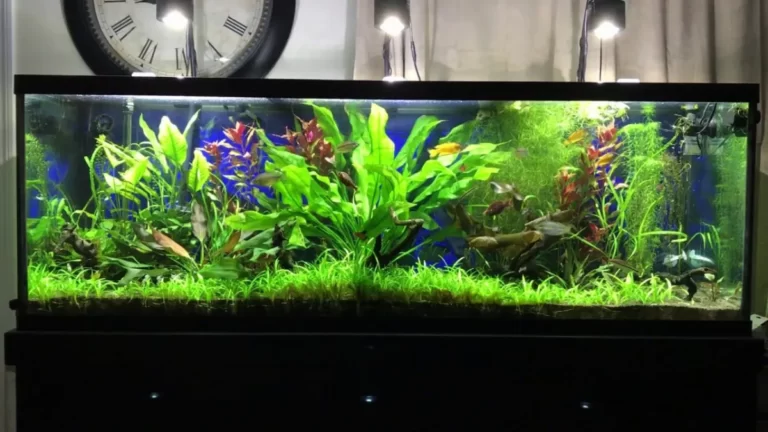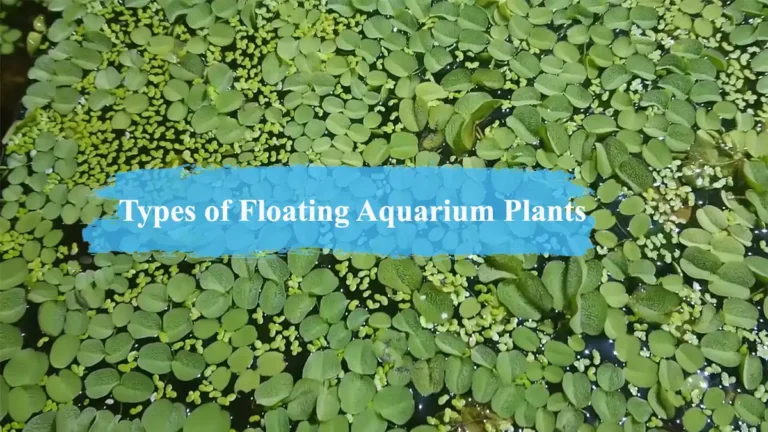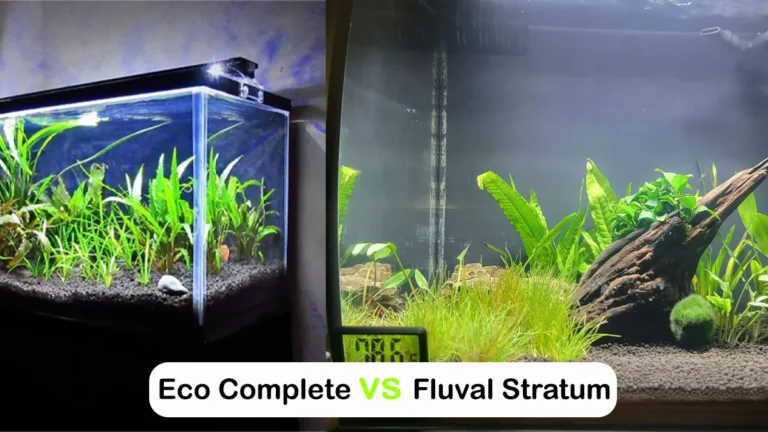DIY Aquarium Plant Weights: Anchoring Your Aquatic Plants with Ease
Hey there, aquarium enthusiasts! Welcome back to my blog, where we dive deep into all things fishy. Today, we’re going to tackle a topic that’s often overlooked but essential for a thriving planted aquarium: DIY aquarium plant weights.
You might be wondering, “Why do I need plant weights?” Well, let me tell you, these little wonders play a crucial role in keeping your aquatic plants anchored, ensuring they stay rooted and flourish in your tank. So, let’s get right into it!

DIY Aquarium Plant Weights: Anchoring Your Aquatic Plants with Ease
Aquarium plants are not your average garden plants; they need some extra support to stay firmly in place underwater. That’s where aquarium plant weights come to the rescue. These weights keep your plants from floating or getting uprooted, allowing them to establish a strong root system and thrive in their aquatic environment.
While there are store-bought options available, going the DIY route gives you the freedom to customize and save some moolah. So, let’s dive into the world of DIY aquarium plant weights and explore how you can create them yourself!
What Are Aquarium Plant Weights Made Of?
Before we jump into the DIY process, let’s take a quick look at the materials commonly used for aquarium plant weights:
- Plastic: This is a popular choice due to its affordability and ease of use. However, it’s important to ensure the plastic you use is aquarium-safe and doesn’t leach harmful chemicals into the water.
- Lead: Ah, lead weights. While they were once commonly used, we now know that lead poses significant risks to our aquatic friends. It’s best to steer clear of lead weights to ensure the safety of your aquatic ecosystem.
- Ceramic: Ceramic plant weights have gained popularity in recent years. They are safe for aquarium use and offer excellent durability and stability for anchoring your plants.
How to Make DIY Aquarium Plant Weights
Alright, time to roll up those sleeves and get crafty! Making your own aquarium plant weights is a straightforward process that doesn’t require any supernatural powers. Here’s a step-by-step guide to help you get started:
- Gather the necessary materials and tools: To create your DIY plant weights, you’ll need aquarium-safe materials such as plastic or ceramic pieces, fishing line, scissors, and a protective coating (if desired).
- Measure and cut the weight material: Depending on the size of your plants and their root systems, measure and cut the plastic or ceramic pieces into appropriate shapes and sizes. Make sure they are large enough to provide sufficient anchoring support.
- Consider adding a protective coating: If you’re using plastic weights, it’s a good idea to add a protective coating to prevent any potential leaching. You can use aquarium-safe sealants or coatings available in the market.
- Attach the weights to the plant stems: Using fishing line or similar materials, securely fasten the weights to the base of the plant stems. Ensure they are firmly attached to provide stability and prevent the plants from floating.
- Test the weights for stability: Give your newly weighted plants a gentle tug to check if they stay firmly in place. If they’re wobbling or coming loose, adjust the attachments or add more weight until you achieve the desired stability.
Related Post: Eco-Complete vs. Eco-Planted: Which One Should You Choose?
How to Use Aquarium Plant Weights
Now that you’ve created your DIY aquarium plant weights, it’s time to put them to use. Here are some simple steps to follow:
- Select suitable plants and determine placement: Choose aquatic plants that are compatible with your tank’s conditions and consider their growth habits and lighting requirements. Determine the ideal location in your aquarium where you want to plant them.
- Attach the weights to the plant stems: Wrap the pre-made weights or attach the DIY weights you’ve created to the base of the plant stems. Ensure they are firmly secured without causing any damage to the plant itself.
- Position the weighted plants: Gently place the weighted plants into the desired location within the substrate, making sure the weights are well-buried and hidden from view. Take care not to damage the roots during the planting process.
- Monitor plant stability: Keep an eye on your plants to ensure they remain securely anchored. Adjust the weights if necessary, especially during the initial days when the plants are adjusting to their new environment.
Related Post: Floating Aquarium Plants with Long Roots: Detailed Information
Frequently Asked Questions (FAQs)
Now, let’s address some common questions that often pop up when it comes to aquarium plant weights:
Can I use store-bought weights instead of making DIY plant weights?
Absolutely! Store-bought weights are readily available and can serve the purpose effectively. However, going the DIY route allows for customization and cost savings.
Is it safe to use lead weights for aquarium plants?
No, it’s not safe to use lead weights. Lead can leach harmful substances into the water, posing a significant risk to your aquatic inhabitants.
How do I plant aquarium plants in gravel without weights?
If you’re using gravel as your substrate, you can plant aquarium plants without weights by gently burying their roots deep enough to provide stability. However, using weights can offer extra security and prevent uprooting.
Can I use plant weights for potted aquarium plants?
Plant weights are primarily designed for anchoring plants in the substrate. In the case of potted plants, the pots themselves provide the necessary stability. However, you can use plant weights to secure the pots in place if needed.
What is the meaning of plant anchors in the aquarium hobby?
In the aquarium hobby, plant anchors refer to any materials or techniques used to secure aquatic plants in the substrate, preventing them from floating or uprooting.
Conclusion
Congratulations on becoming a DIY aquarium plant weight expert! We’ve covered everything from the materials used to create plant weights to the step-by-step process of making and using them in your aquarium. Remember, these weights are essential for providing stability to your aquatic plants, allowing them to grow and thrive. Whether you choose plastic or ceramic, always prioritize the safety of your aquatic ecosystem and avoid using lead weights.
Now that you have the knowledge and skills to create your own DIY plant weights, go forth and anchor your plants with confidence. Experiment, get creative, and find what works best for your unique aquarium setup. Happy planting!
Read More: Can You Put Plants in an Uncycled Tank?





